The Marlin 336 Classic Lever
Action Rifle is Back!
other By: Stan Trzoniec | January, 26
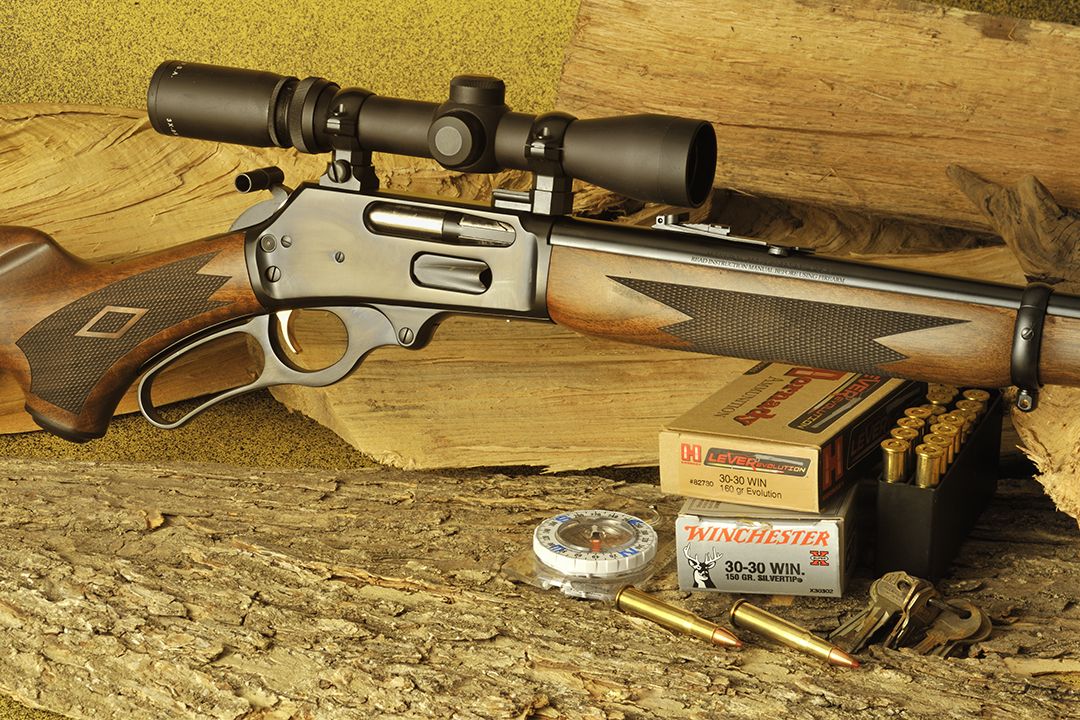
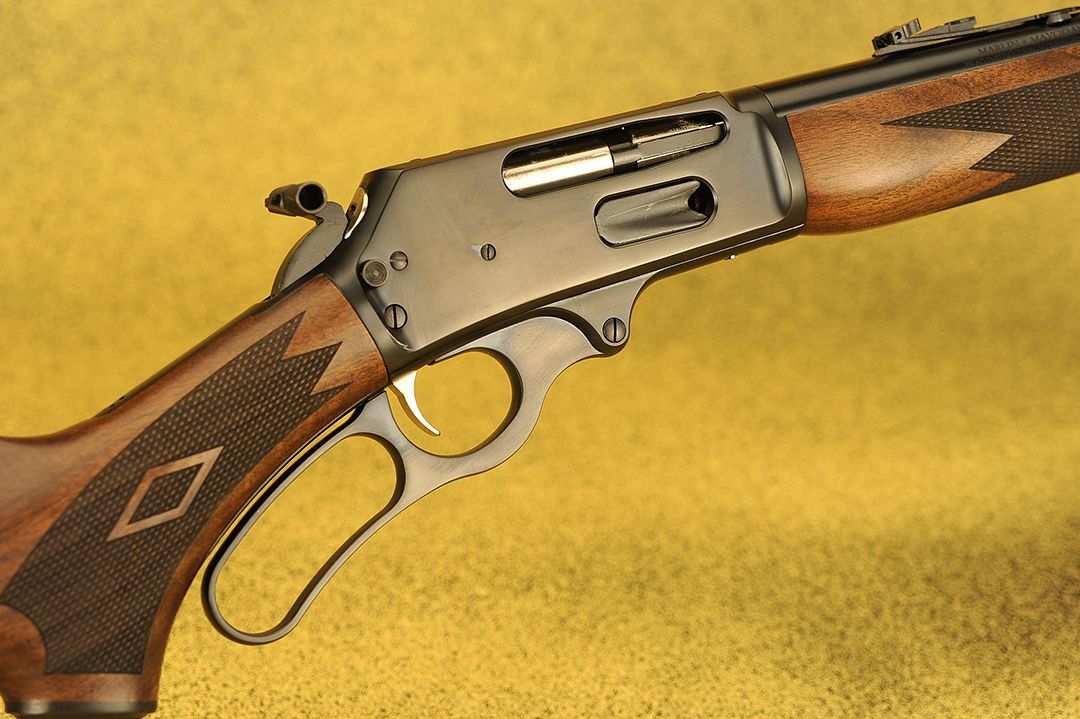
It seems like the local gossip these days centers around the reintroduction of the famed Marlin Model 336 lever-action rifle by Ruger. With good reason of course, as this gun, along with a few
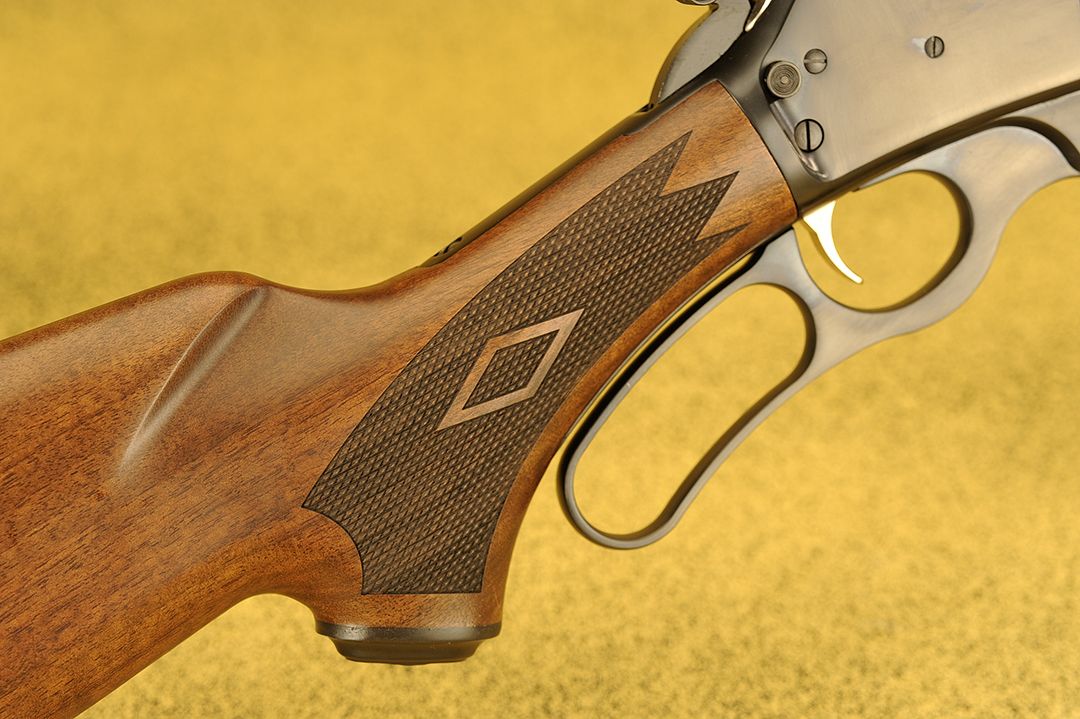
others in the past century, has turned out to be the best all-time classic hunting guns we have for North American deer-sized game.
Like every Marlin I have had in my gun rack, history is no stranger to this company’s lineage, especially when it comes to the long line of lever-action rifles they produced through the years, but I think in all honesty, the Model 336 was the most popular for the dedicated deer hunter.
Introduced in 1948, the Model 336 is an advancement on the lever gun since the designing and production of the Model 1893, produced from 1893 to 1936, incorporating a two-piece firing pin and a new locking bolt system. With some minor changes to the stock, forearm and sights, in that last year, it was renumbered the Model 1936 and later changed to the Model 36, but still widely known for its solid topped receiver and side ejection of spent cartridges.
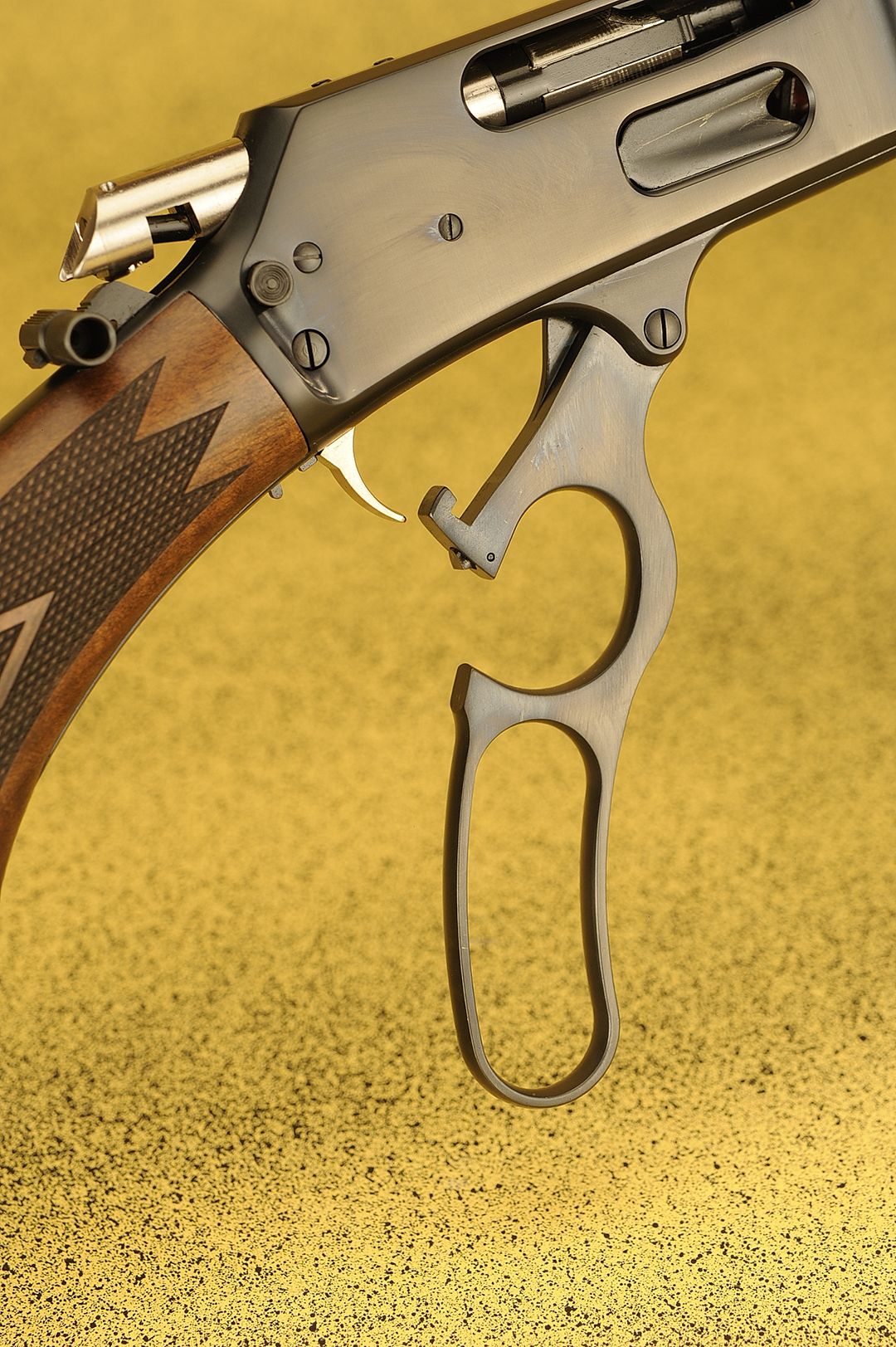
Some 12 years later, the gun was changed to the Model 336, a rifle still in production today but under the Ruger banner,
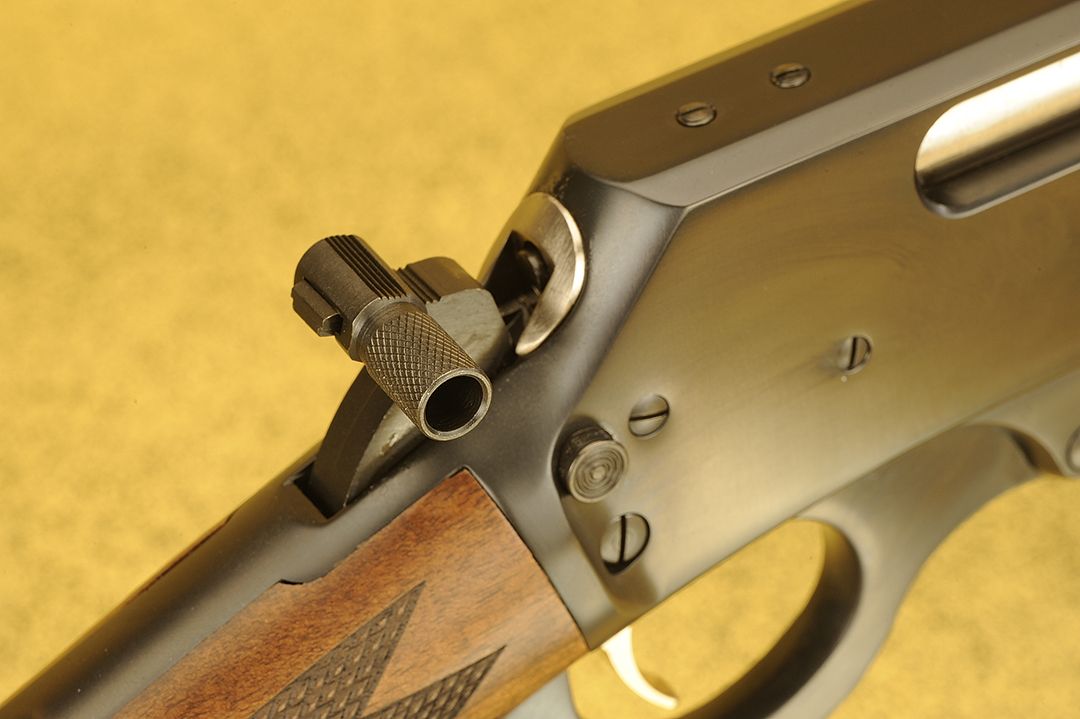
formally from the breakup of Remington Arms and its holdings, but still a very traditional rifle in all respects. My experience from the previous gun purchased in 1974 and chambered in the 35 Remington was positive, fun to shoot and productive in the field if I did my part. With handloads, I could download the 35 Remington to use 158-grain, .357-inch bullets and with 20 grains of 2400 powder, made the perfect small-game gun or meat for the pot. Now, add the Marlin Model 39 in 22 rimfire with its headache inducing Weaver scope to the mix and the chucks had nowhere to hide.
Ruger’s rebirth of the Model 336 is spot on with all the bells and whistles that made this Marlin gun great for the past 75 years. Ruger paid the big bucks to tighten up all the tolerances and through a long list of quality inspections, manufacturing methods and final finishing, made this gun a standout as an updated version.
First, let’s look at the overall picture here. Out of the box, the gun made an immediate impression on me, only because when a product switches manufacturers, sometimes it can be a surprise…good or bad. In this case, it’s all good – quiet quality, I call it. This gun shines. From its traditional “wide scan” front sight to the Marlin Horse and Rider on the recoil pad, Ruger captured the flavor of the gun from muzzle to butt.
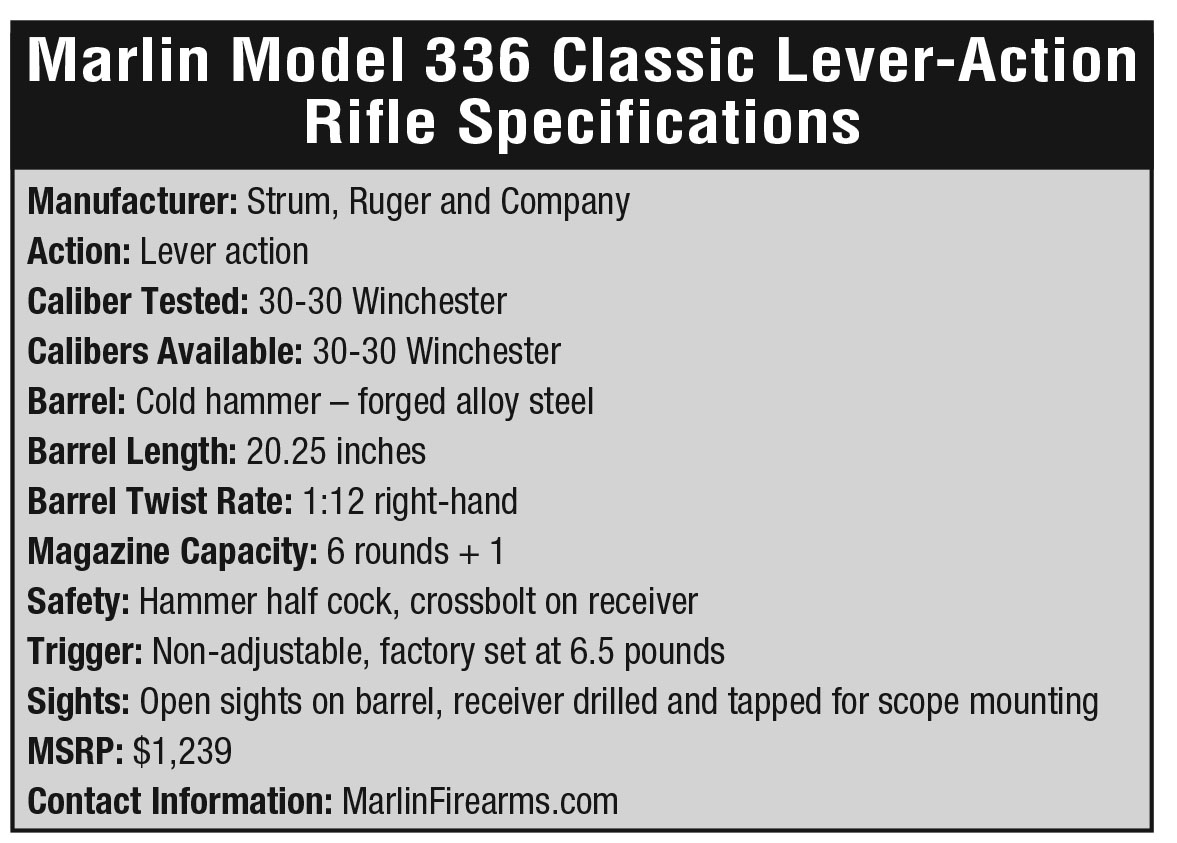
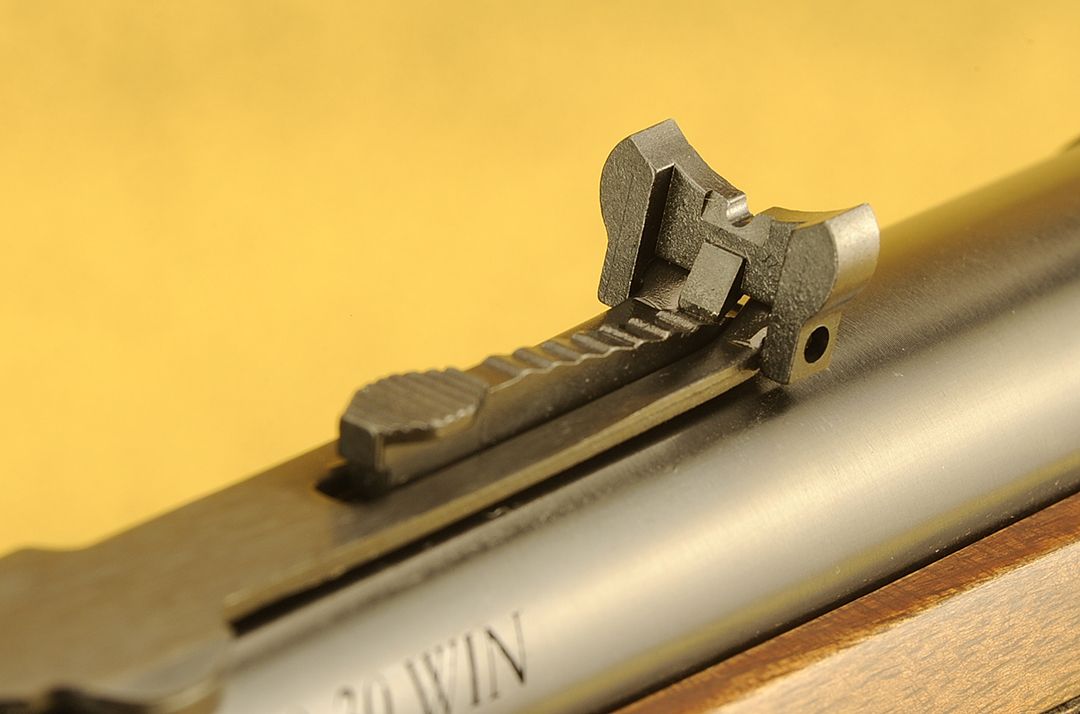
Looking at Marlin catalogs as far back in my files to 1960, the year of its first stainless steel rifle, it seems little
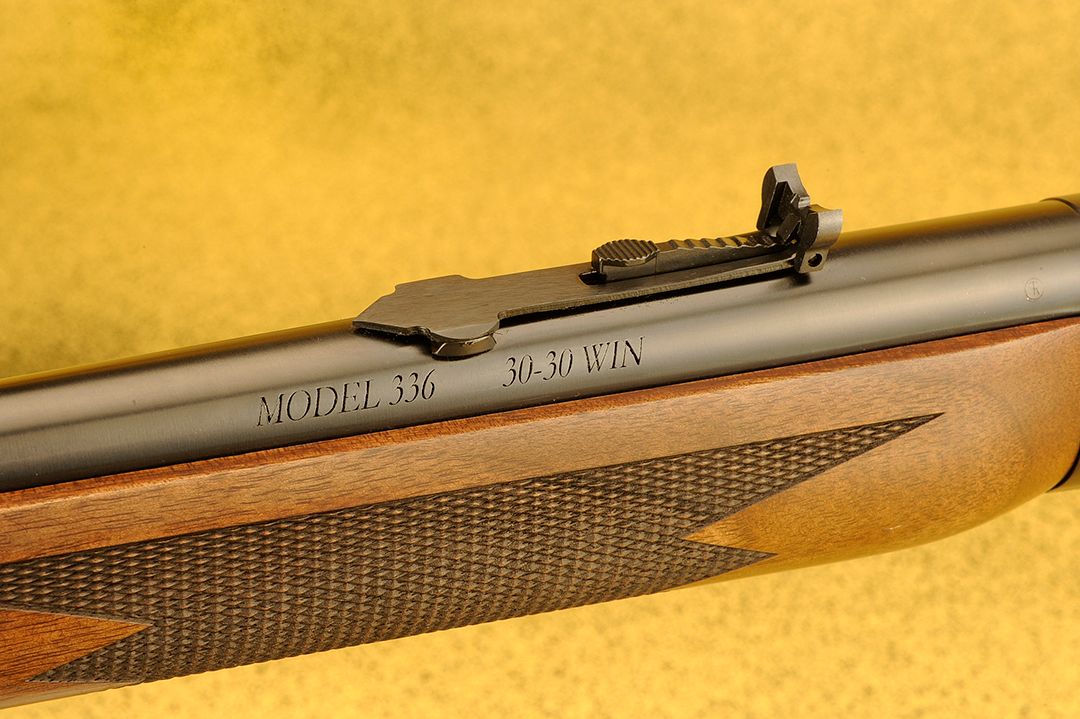
has changed with the Ruger version. The lines of the stock are the same and profiled with American black walnut finished with a slightly higher sheen than previous guns. The grain is straight from the toe of the butt to the comb with no knots or irregularities with a bit of figure and color, so I will call it a select grade. A thin, rubber buttpad with a black spacer, a sling swivel stud and a pistol grip cap with the Marlin Horse and Rider medallion complete this part of the stock.
The forearm has the same finish complete with a polished and blued barrel band with a sling swivel stud. Both sections of the stock are checkered to 24 lpi (my count) in a point pattern with the Marlin diamond in the middle, and of course, the famed bullseye inletted at the base of the butt.
The wood to metal fit around the receiver, tang and barrel is a close fit. If I remember right, in past years when Marlin was in Connecticut, they took a red-hot receiver and by pressing the inletted stock against it at the tang, got a close fit. I am sure that process has changed today. The length of pull is quoted at 13.38 inches.
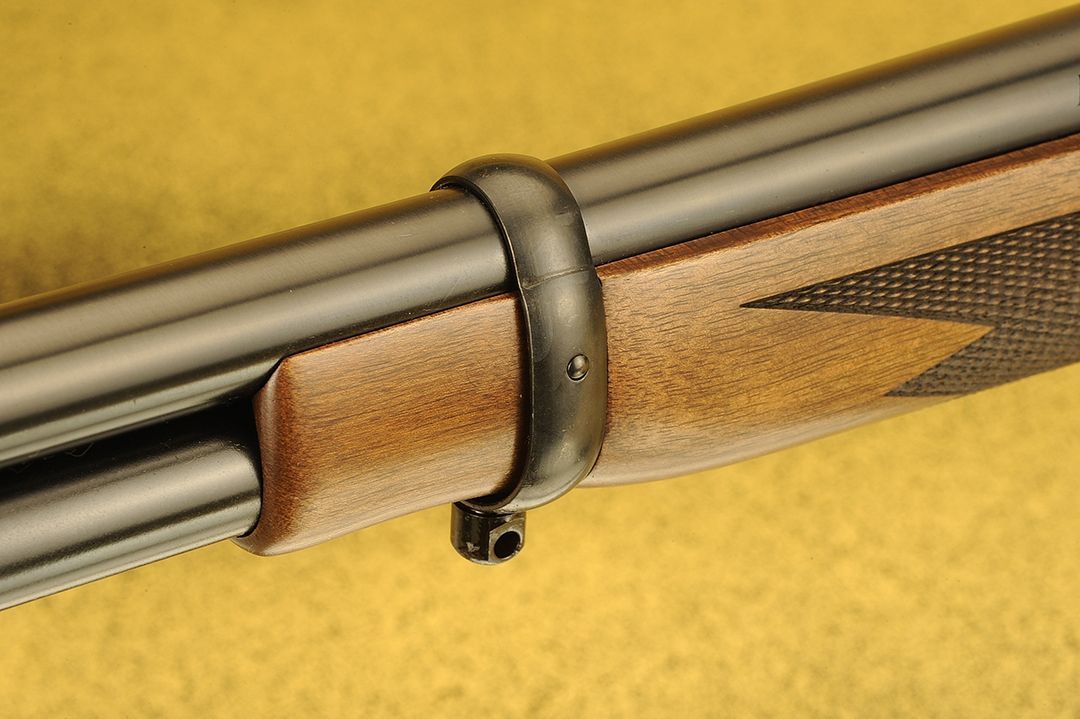
Ruger’s reentry is called the Classic, so based on that, I would imagine that Ruger in the future will start to produce some of the other models in the line in both rifle and handgun calibers. Presently, there is a gun with a barrel made from alloy steel, cold-hammer forged with a carbine length 20¼ inches. This is topped off with adjustable fold-down buckhorn sight at the rear and a gold bead front sight surrounded by the famous and replicated “wide scan” hood at the muzzle. Under is the full-length magazine barrel holding six rounds of 30-30 ammunition secured behind the front sight with a blued barrel band. There is no option for a threaded barrel at the muzzle listed at this time and the rifling twist is 1:12 with six grooves.
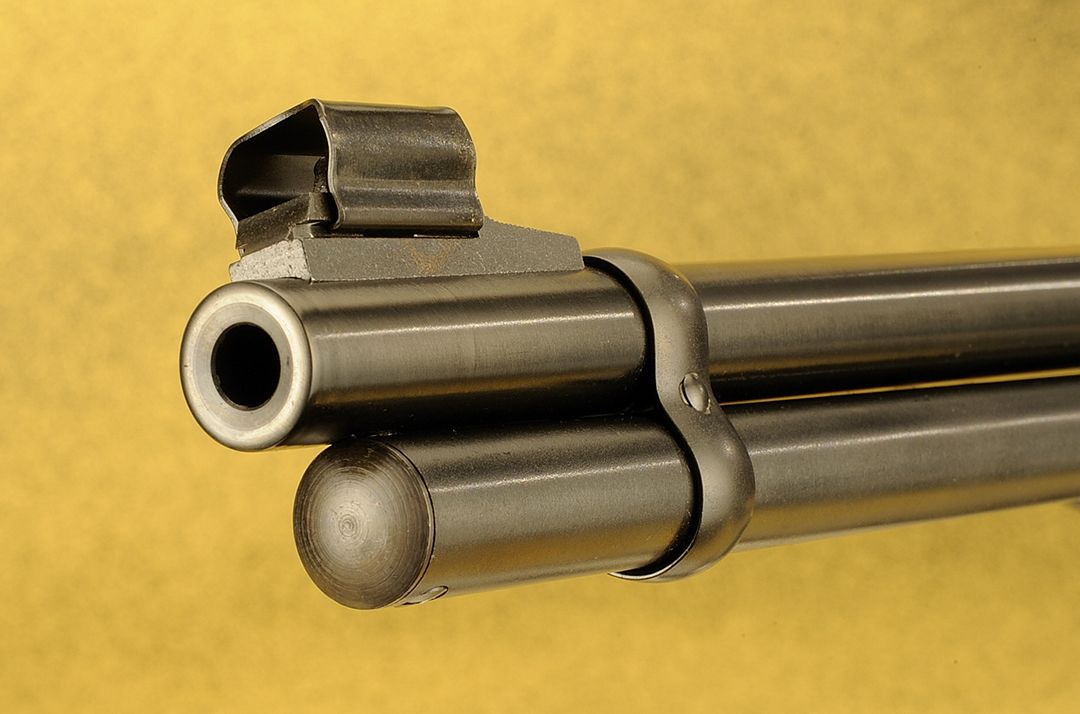
The receiver, trigger guard and lever are CNC machined from alloy steel forgings. Nothing has changed on the receiver, still keeping the older, traditional flavor of the lever gun. It is finely finished, satin blued with improvements in the overall appearance. Since the 336 is a side ejection, it leaves its flat-top receiver available for scope mounting and to this end is drilled and tapped for common scope bases and rings. With my gun, I had a pair of Bushnell mounts in a medium height to which I added a Burris Compact 3-9 scope matching the profile of the gun.
It’s nice to see that over time and if enough engineers paid attention to the little things, they get fixed. One of my pet peeves with any lever gun is the fact that the loading gate will pinch you every time you load a cartridge. Not with this Ruger update – from the gate itself to the opening; everything has been softened and polished with no rough edges, which in turn, made loading cartridges much easier.
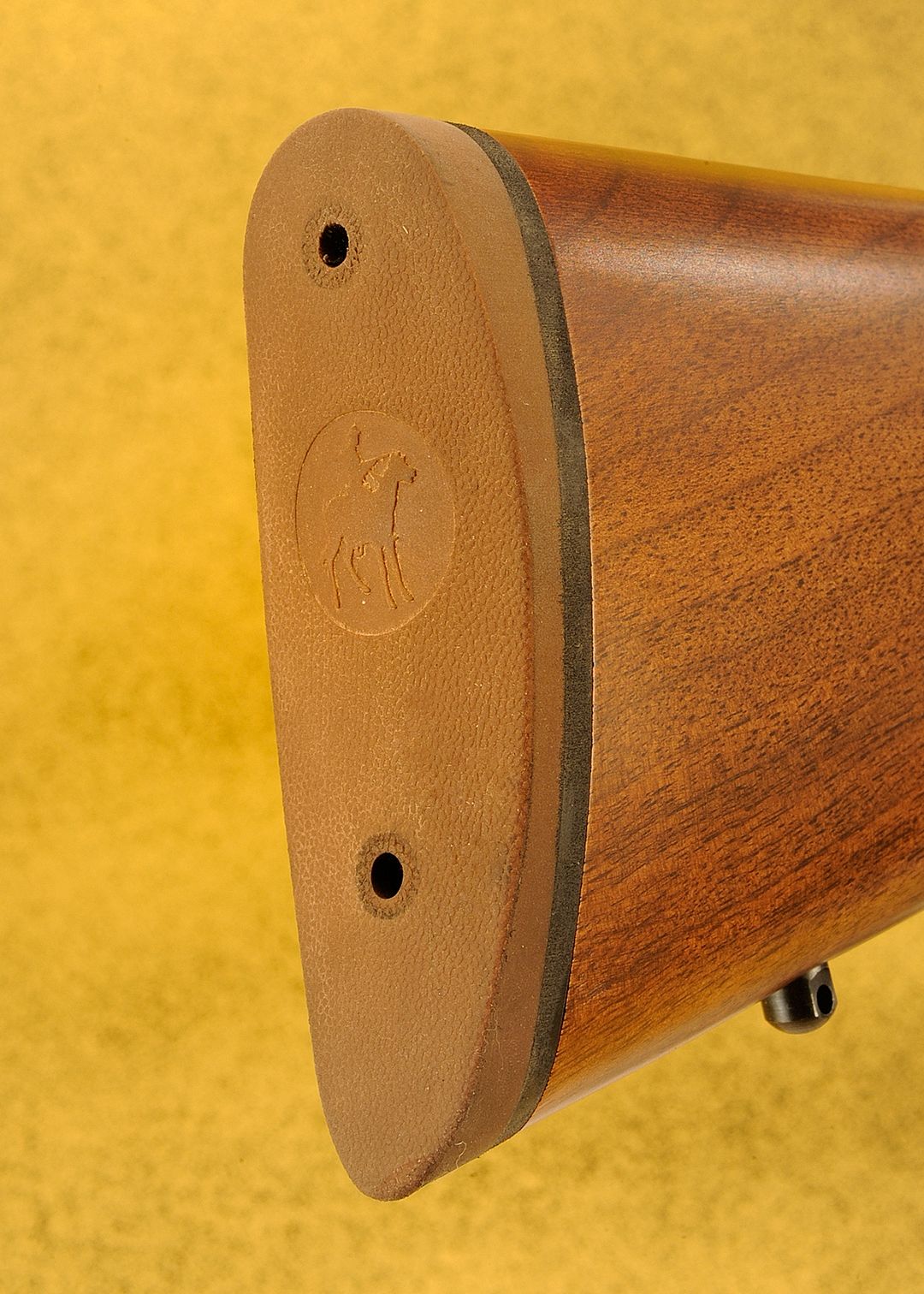
The round bolt operated smoothly but on the early stages of operation, I did have some resistance with the lever opening past the locking system to the point where taking this new rifle in the field for the first time would be troublesome on any follow up shot from the shoulder. Keeping the tradition, the gun cannot be fired unless the lever is all the way up and against the bottom tang of the receiver releasing the trigger lock.
The lever is also polished and blue to a satin finish keeping the same profile as before. The bolt has the extractor on the bolt face with the mechanical ejector built into the inside of the receiver. As mentioned, loading the gun was no problem and spent cartridges ejected from the gun with enthusiasm.
To all lever-action aficionados, the half-cock safety is the mainstay on these guns and is still incorporated on the Ruger version. The hammer can be at rest, set on half cock or back in the fully-cocked position. To keep everyone happy in the legal department, a cross-bolt safety (part of the Marlin rifle for the past four decades) is installed in the receiver just forward of the hammer. Its operation is limited to when the hammer is in the half- or full-cocked position only and moving it to the left will allow the hammer to come fully in contact with the firing pin.
Thoughtfully, Ruger included an offset hammer spur to be mounted on the gun if and when a scope is used. This device allows more purchase on the hammer by keeping the thumb from slipping from the underside of the scope due to limited space. Trigger pull was very crisp with little take up and broke at 6.5 pounds. Not target quality for sure, but just right for a hunting rifle used in the deep woods or from a tree stand.
Maintenance and/or takedown of the gun needs some practice when breaking it down past what the factory recommends. For myself, I have yet to completely strip down past Marlin’s instructions, as there was no need for it bearing the breakage of any part or malfunction.
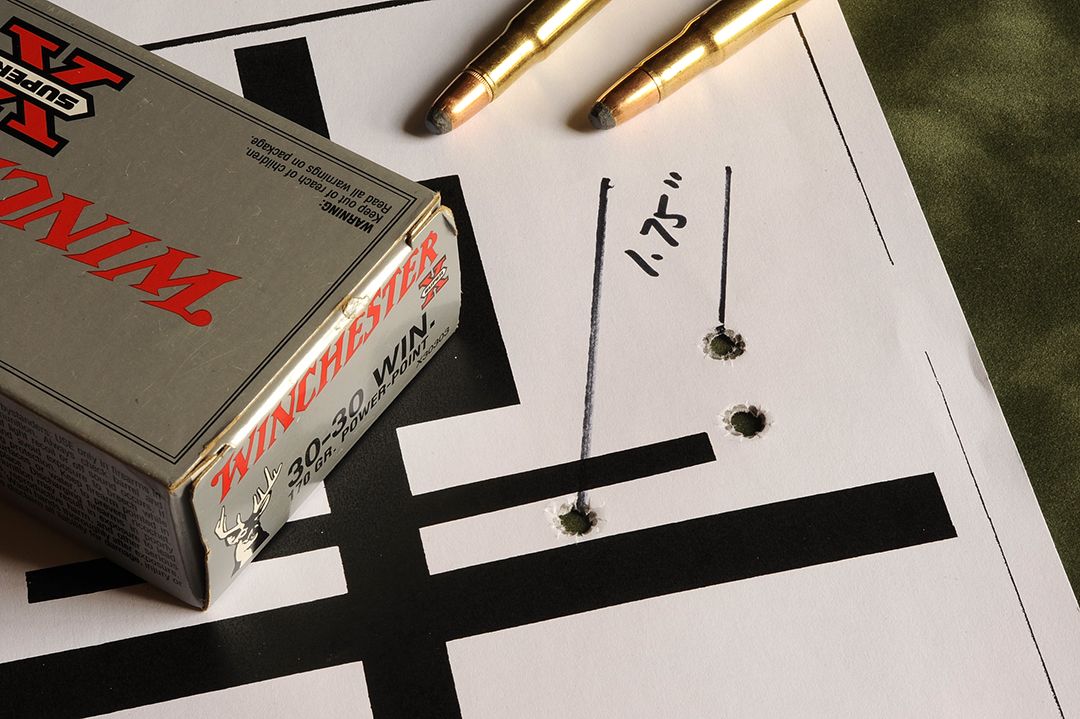
Since this type of gun dictates it be cleaned from the muzzle end, you have to be careful not to damage the rifling. If the occasion does arise where you need to take the gun apart for a thorough cleaning, I would just stick to the basics and follow the book in a few easy steps. Remove the lever via the lever mounting screw; pull it down and out of the bolt. Pull the bolt reward out of the gun, and then carefully remove the ejector via a pair of needle nose pliers. If you have to remove the stock due to damage for example, remove the buttstock screw on the tang and pull the stock back and away from the receiver.
Years back, the Marlin I used was chambered for the 35 Remington, a cartridge great for the black bears that roam the woods in Maine as I could employ the use of the heavier 200-grain bullet over the 170-grain bullet in the 30-30 Winchester. Present day Marlin’s made by Ruger are chambered for the 30-30, but I assume the 35 Remington will follow. Hunting in more remote areas of the county shows the 30-30’s availability at even the smallest, out of the way gun shops always in stock and on the shelf versus the 35 Remington.
Factory ammunition for the Winchester brand ranges from the popular 150 grain in various bullet designs to the 170-grain bullet at roughly 100 feet per second (fps) less with a corresponding drop in muzzle energy. Specialized products like the Hornady LEVERevolution allow the use of specially designed pointed bullets over the flat-tipped projectiles for an increase of 250 fps in lever-action guns. Naturally, handloading is always an option, and like the 35 Remington, the use of lighter 30 caliber, 110-grain bullets for small game or plinking is there to fill out some down time at camp.
Range time is always fun and the gun showed its mettle against previous versions. Except for that one glitch in the lever-locking system that made it a little tougher to operate the gun. Nevertheless, it moved along through various ammunition samples from Hornady, Remington and Winchester with gusto and without any malfunctions during the course of the morning.
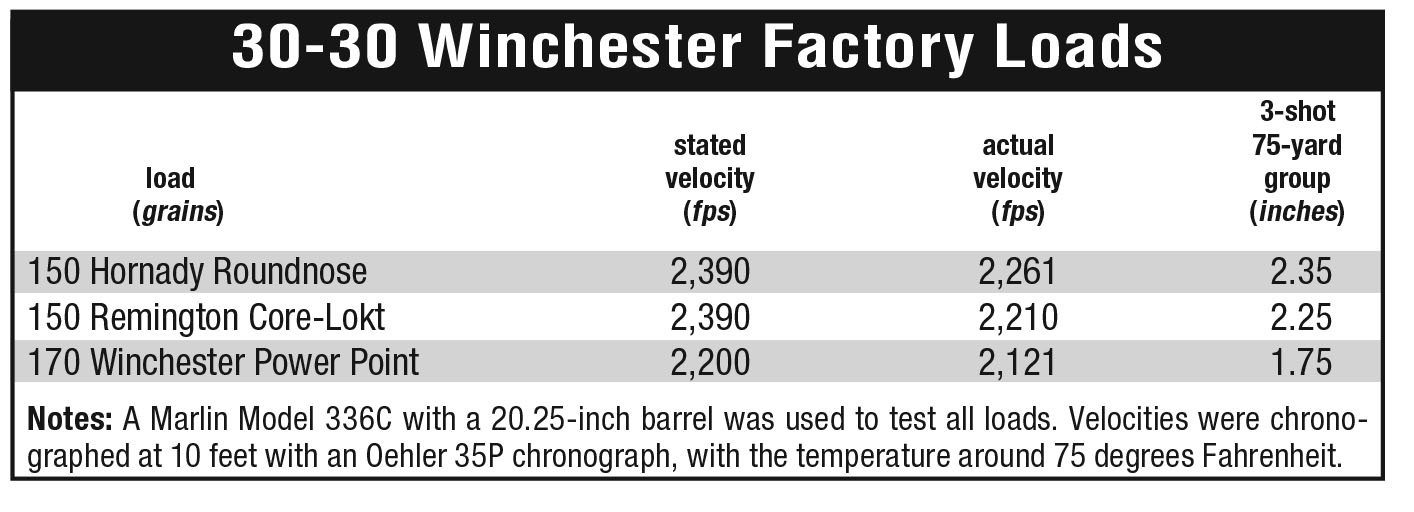
Being a New Englander, I like to think of a good lever gun as “the” tool for deep woods hunting in the northern counties of the region. A while back, with the knowledge of this gun coming, I asked a few of the boys at what range they encounter game most of the time in the woods. For the most part, the answers always come up from 50 to 75 yards; beyond that, good clean shots are hard to take with any success through the thickets. Therefore, I thought, why should I be different and proceeded to set my course for a 75-yard distance downrange for the deer hunters out there.
Seems no matter who makes the Model 336, consistency always enters the picture. Looking back over the years I’ve had the “Marlin” version, groups were right on target with the newer “Ruger” model. Velocities never seem to change, so between the feet per second readings and groups, we have nothing to complain about with this new gun. At the end of the serious session, it was fun to run through some plinking to regain the flavor of the “Old West.”
Finishing up, this new and updated version of a famous weapon is now available at your favorite sporting goods or gun store.
Yep, it’s still good to see nothing changes.

